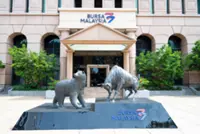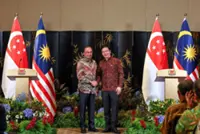The writer and her group crossing the hanging bridge at the village.
Sometime in early 2020, before the Covid-19 movement control order began, a group of senior citizens (myself included) from the Klang Convent Old Girls Association went on a trip to Kota Kinabalu, Sabah.
We visited the Mari Mari Cultural Village on one of the days we were in KK. When we arrived at the village, I was not too impressed by how it looked so I lowered my expectations of the place.
Already a subscriber? Log in
Save 30% OFF The Star Digital Access
Cancel anytime. Ad-free. Unlimited access with perks.





